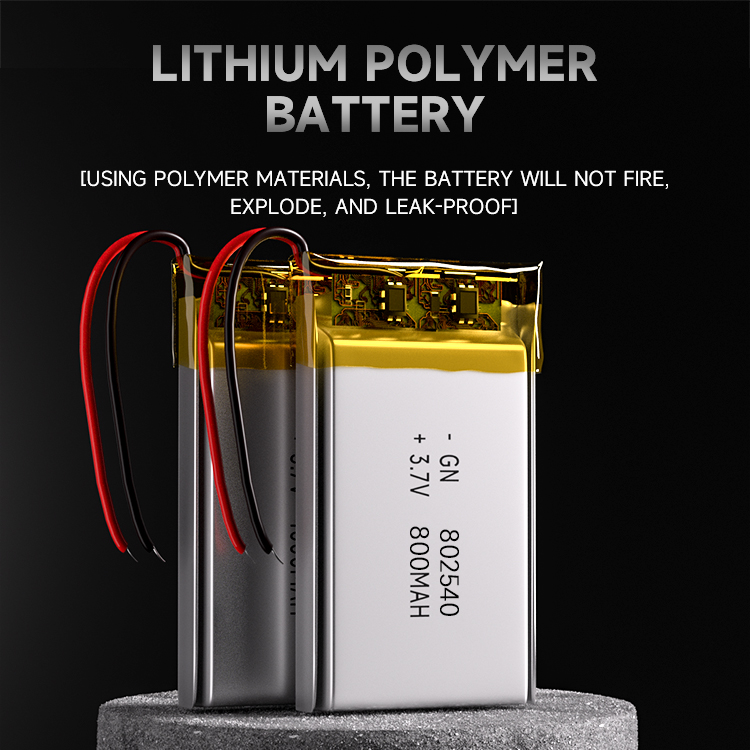
High nickel brings high challenges Thermal management system plays a decisive role in battery safety

In recent years, the new energy vehicle market has pursued increasingly higher energy density. As the price of raw materials such as cobalt metal rises, high-nickel material systems have gradually become the development trend of ternary power batteries. 2018 is known as the first year of high-nickel 811 mass production. Among the top ten companies in terms of installed capacity in 2018, CATL, Guoxuan Hi-Tech, Yiwei Lithium Energy, BAK Battery and other companies have announced the layout of high-nickel routes. Among them, BAK Battery began researching the high-nickel 811 process as early as 2012, and achieved mass production in 2016. It is currently the only lithium battery manufacturer in China that can mass-produce high-nickel 811 products.
The application of new material ratios not only brings higher cost performance and higher specific energy, but also poses higher challenges to battery manufacturers. The design of the battery thermal management system is a decisive external factor in ensuring the safety of battery operation. The battery thermal management system can prevent the local temperature of the battery from being too high, quickly heat the battery in low-temperature environments, and effectively dissipate heat in high-temperature environments, reducing the cell temperature difference, ensuring that the battery is in a suitable operating range, and avoiding the danger of thermal runaway. Effective thermal management of the battery system is of great significance to improving the overall performance of the battery pack, especially for high-nickel cells.
Paul Li said: "Thermal management of high-nickel batteries places extremely high requirements on R&D and production links and processes such as material selection, ratio, manufacturing environment, and engineering processes. BAK has been exploring and innovating battery thermal management technology for many years. Prevent battery thermal runaway from both single cells and battery modules.”
Low temperature lithium iron phosphate battery 3.2V 20A -20℃ charging, -40℃ 3C discharge capacity ≥70%
Charging temperature: -20~45℃ -Discharge temperature: -40~+55℃ -40℃ Support maximum discharge rate: 3C -40℃ 3C discharge capacity retention rate ≥70%
Click for details
From the perspective of individual cells, BAK Battery strictly controls the quality of the cells in terms of structural design, top safety valve, positive and negative electrode materials, production processes, etc., and continues to research on the problem of thermal runaway of lithium batteries, striving to achieve the goal once a single cell is used. If there is a problem with the battery due to external force, it can ensure that the module and the entire package are not affected, delay the time of heat diffusion, and cooperate with the structural design of the vehicle manufacturer to minimize the risk factor for drivers and passengers. From the perspective of battery modules, BAK continues to explore BMS technology and liquid cooling design technology between modules to ensure battery safety. Take the BAK 18650-3.0Ah high-energy core as an example. BAK Battery has been developing this battery since 2015. It took three years to complete the chemical design freeze and process design freeze, and successfully solved the directional blasting of high-capacity single cells. technology to implement the "Fail-Safe" concept that a single battery cell in the entire package fails and the entire package remains intact.
As the first company in China to achieve mass production of high-nickel battery cells, BAK has been continuously exploring the thermal management technology of high-nickel battery cells for many years, facing many difficulties but also achieving fruitful results. After continuous research and experiments, BAK discovered that the thermal management of cylindrical battery cells directly affects the flow resistance of the battery flow channel, the efficiency of heat transfer, the uniformity of the temperature field, the manufacturing process and automation, and cost, etc., and plays a significant role in battery performance and safety. Playing an important role, it is these discoveries and explorations that drive BAK to continuously achieve double breakthroughs in the safety performance of high-nickel batteries.

Popular recommendation
CR1225 battery.American light-absorbing and luminous solar cells will break through the conversion e
2023-10-08CR2430 battery.Seven major lithium-ion battery technologies and resources subject to foreign restric
2023-10-0848v 10kwh energy storage solar system.Brief analysis of dynamic charging technology of electric vehi
2023-10-08The development trend of China's lithium battery recycling market
2022-06-173.2v 100ah lifepo4 battery.Research on high-nickel ternary cathodes: Nuggets of ternary precursors,
2023-10-0818650 battery 2000mah.What does 18650 lithium battery refer to?
2023-10-13lithuim ion battery 18650.Research on ion-conducting membranes for high-power, long-life alkaline zi
2023-10-08Precautions for button type battery
2022-06-18CR2025 battery.Lithium-ion battery manufacturers briefly discuss the differences between fast chargi
2023-10-08CR1616 battery.American scientists develop new solar cell technology
2023-10-08r03 battery!my country has made a breakthrough in solid-state lithium battery interface issues, prov
2023-10-08902030 polymer battery.ROHM's Nano Energy technology helps button batteries achieve 10-year driving
2023-10-09